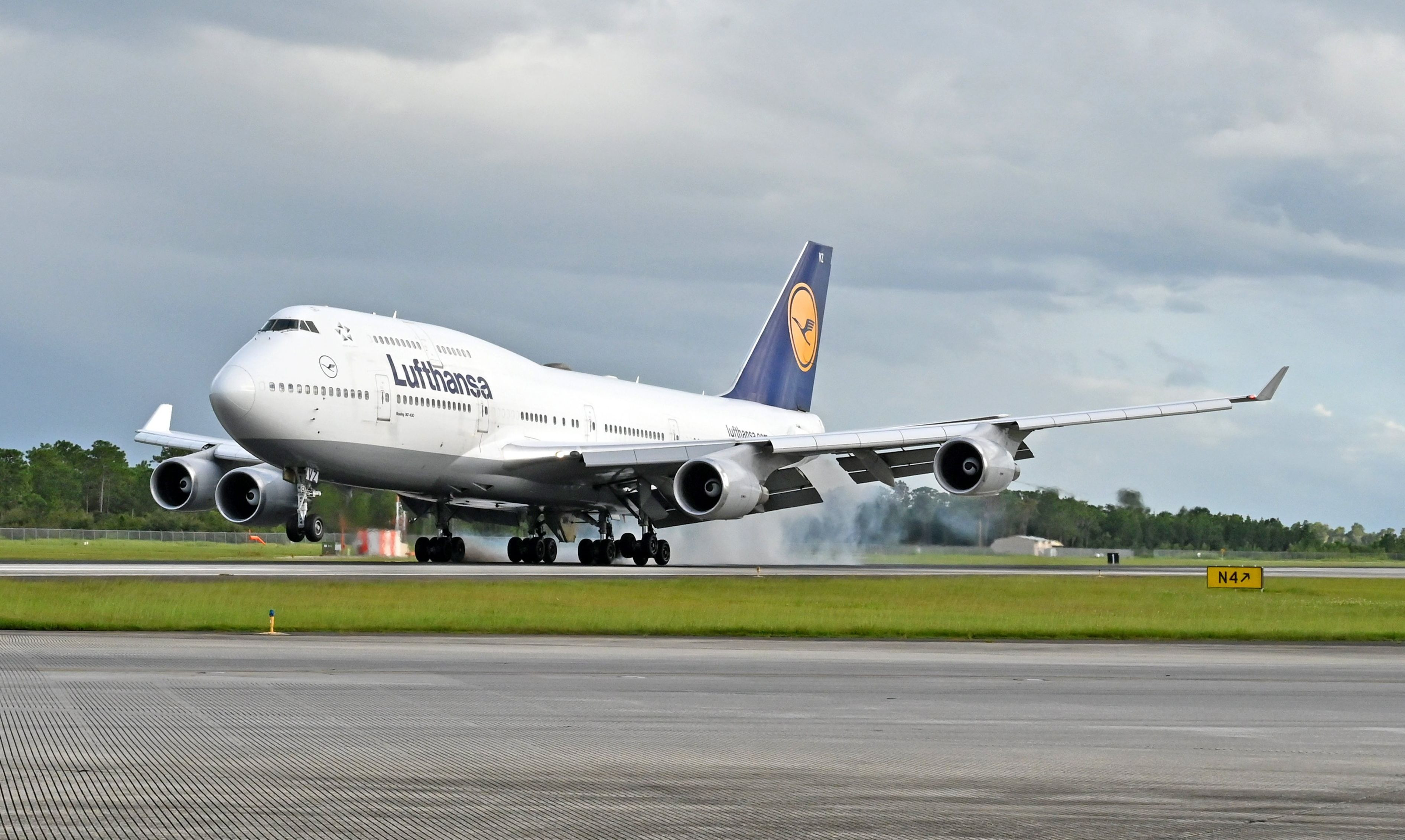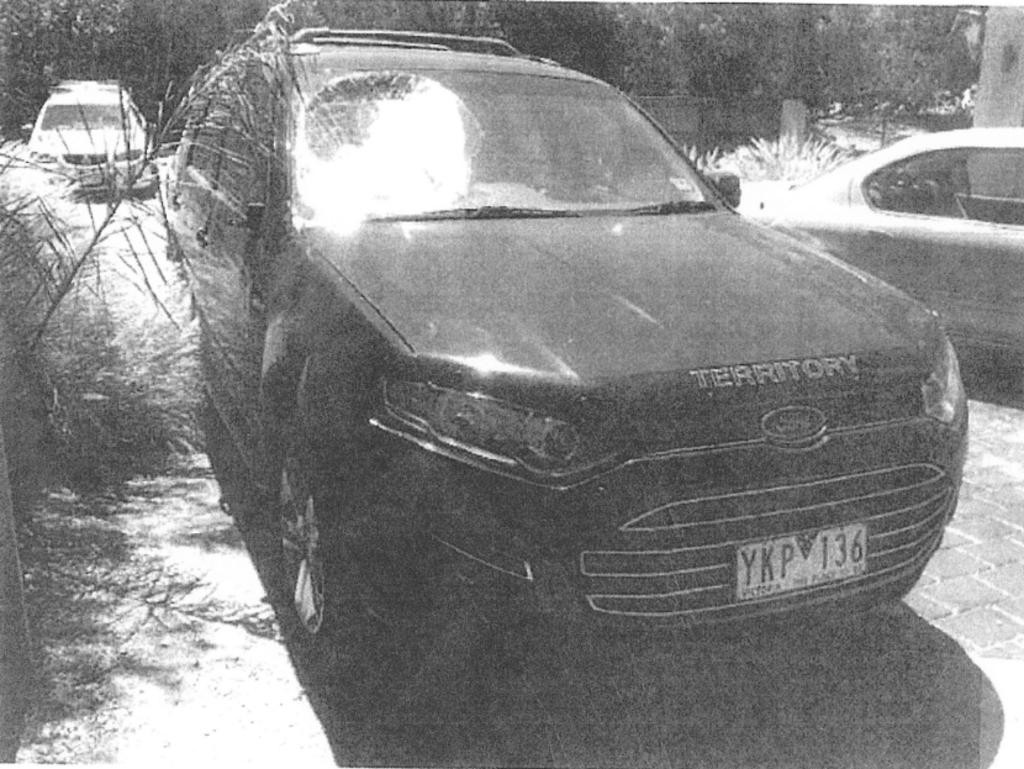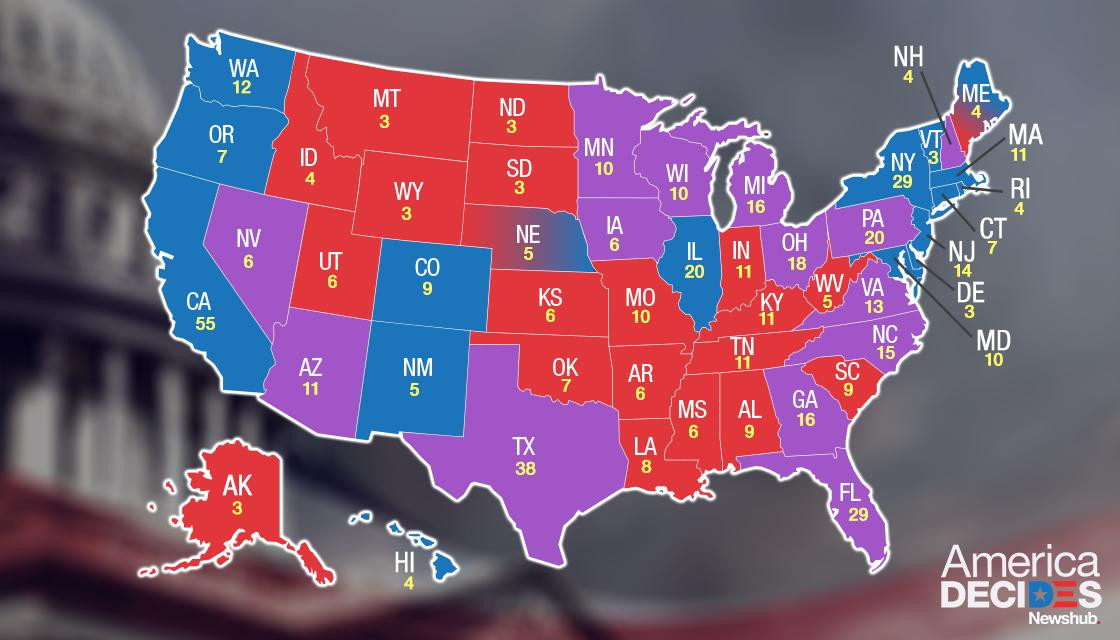Lufthansa, Germany's flagship airline, finds itself navigating turbulent skies as it contends with rising competition and falling ticket prices in its critical transatlantic and Asian markets. In a recent news conference held in Frankfurt, Lufthansa's Chief Financial Officer, Joerg Beissel, laid bare the challenges the airline is facing, highlighting the financial pressures that could reshape its operational strategies.
The transatlantic corridor has long been a lucrative route for Lufthansa, but the landscape is changing. According to Beissel, the airline is grappling with declining ticket prices in this market, driven by intensified competition from both Chinese and U.S. carriers. U.S. airlines, in particular, have shifted their capacity from Chinese routes to North America, which has led to a significant increase in direct flights from the U.S. to popular European holiday destinations.
This shift has made it increasingly difficult for Lufthansa to fill its economy class seats without resorting to heavy discounts. The result is a double-edged sword: while the airline can maintain passenger volumes, the profit margins are being squeezed, putting additional pressure on the airline's bottom line.
Lufthansa's Asian Flights Face Similar Challenges
Lufthansa's woes are not limited to the transatlantic routes. The airline's key Asian flights are also becoming less profitable as Chinese carriers aggressively expand their presence in the long-haul market. With more Chinese airlines offering direct flights to Europe, Lufthansa is losing its competitive edge in the region. This trend is exacerbating the financial strain on the airline, which is already facing increased operational costs.
Lufthansa's Turnaround Plan
In light of these challenges, Beissel emphasized the need for a “structural response” to achieve Lufthansa's goal of an 8% profit margin. The airline had already issued a warning last month about a potential decline in third-quarter earnings, attributing the expected drop to higher wage costs and the ongoing pressure on ticket prices.
Lufthansa's CEO, Jens Ritter, is spearheading a turnaround program aimed at revitalizing the brand and improving profitability. This program includes a commitment to invest €100 million ($111 million) annually in products and services, with a focus on enhancing the customer experience. Additionally, Lufthansa plans to reduce the number of flights and streamline its aircraft fleet, aiming for greater efficiency and cost savings.
Navigating the Challenges
To address seasonal fluctuations in demand, the airline is also exploring partnerships with other carriers, which could help mitigate some of the capacity challenges during peak travel periods.
Adding to Lufthansa's financial challenges are the high airport costs in Germany, which have been a point of contention for several airlines, including budget carrier Ryanair. Ritter highlighted that Germany is one of the most expensive locations for airlines to operate, and he called on the government, airport managers, and other stakeholders to collaborate on making the country a more attractive destination for air travel.
Lufthansa is at a crossroads, facing significant headwinds in both its transatlantic and Asian markets. The airline's leadership is acutely aware of the need for swift and decisive action to navigate these challenges. With a comprehensive turnaround plan in place, including service enhancements, fleet optimization, and strategic partnerships, Lufthansa aims to regain its footing and achieve its profitability goals.
The Road Ahead
However, the success of these efforts will depend on various factors, including the airline's ability to manage costs, navigate competitive pressures, and adapt to changing market dynamics. As Lufthansa charts its course forward, the aviation industry will be watching closely to see how one of Europe's largest airlines responds to these formidable challenges.


















